

APRIL 2000


APRIL 2000
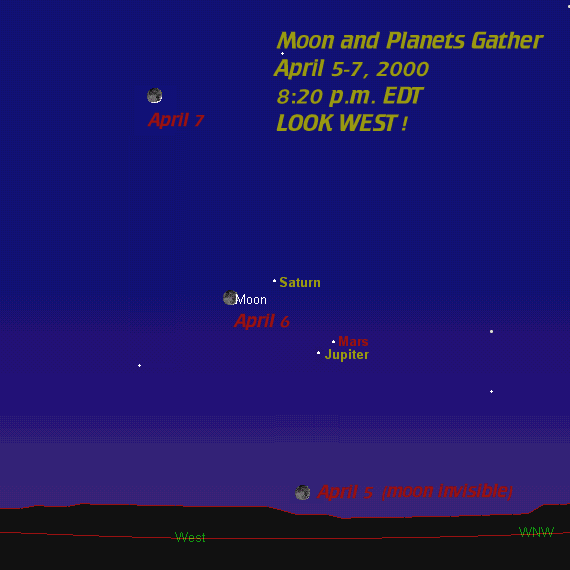 |
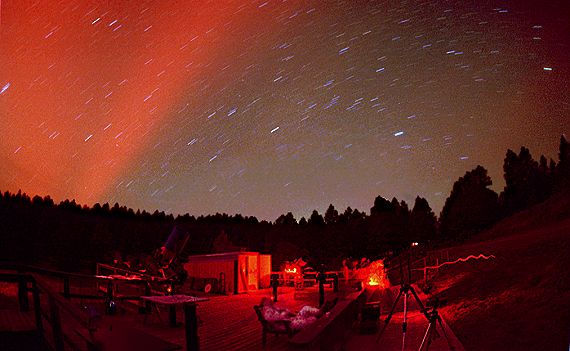 |
| The great auroral display of November 8, 1991 was witnessed in a very unlikely location, New Mexico. This photo was taken looking south at the auroral cap which was easily visible from Mexico. Photography by Gary A. Becker... |
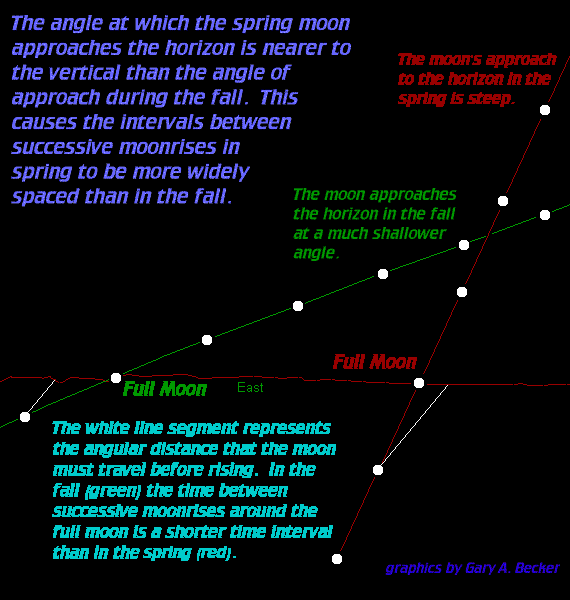 |
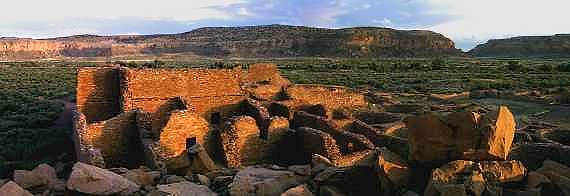 |
| Pueblo Bonito at Chaco Culture National Historical Park was constructed between 850 AD and 1140 AD. It remained the largest building in the United States until 1889. Photo by Gary A. Becker... |
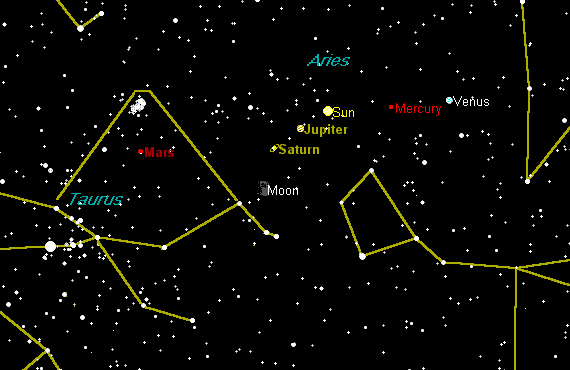 |
| The conjunction of the five naked eye planets, the sun, and the moon will take place during the day and be invisible to the eye. The map is drawn for May 4, 2000 |
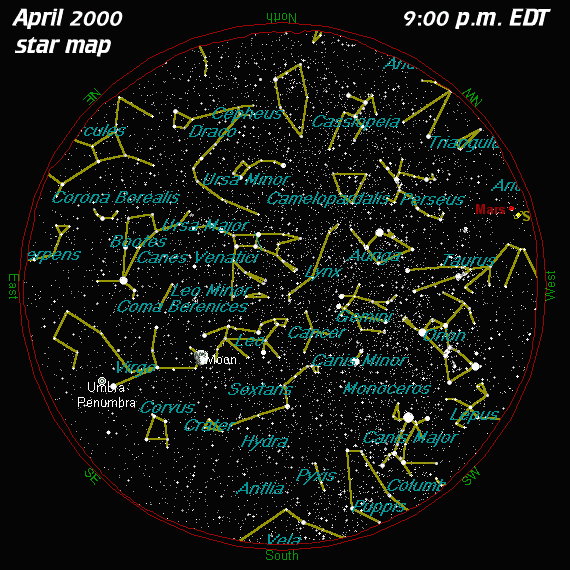 |
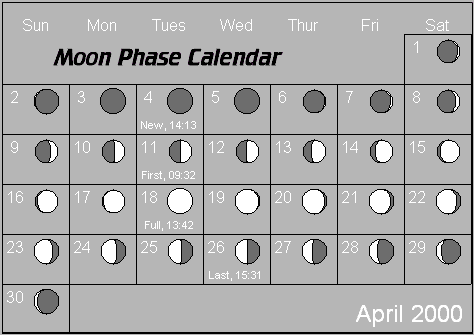 |